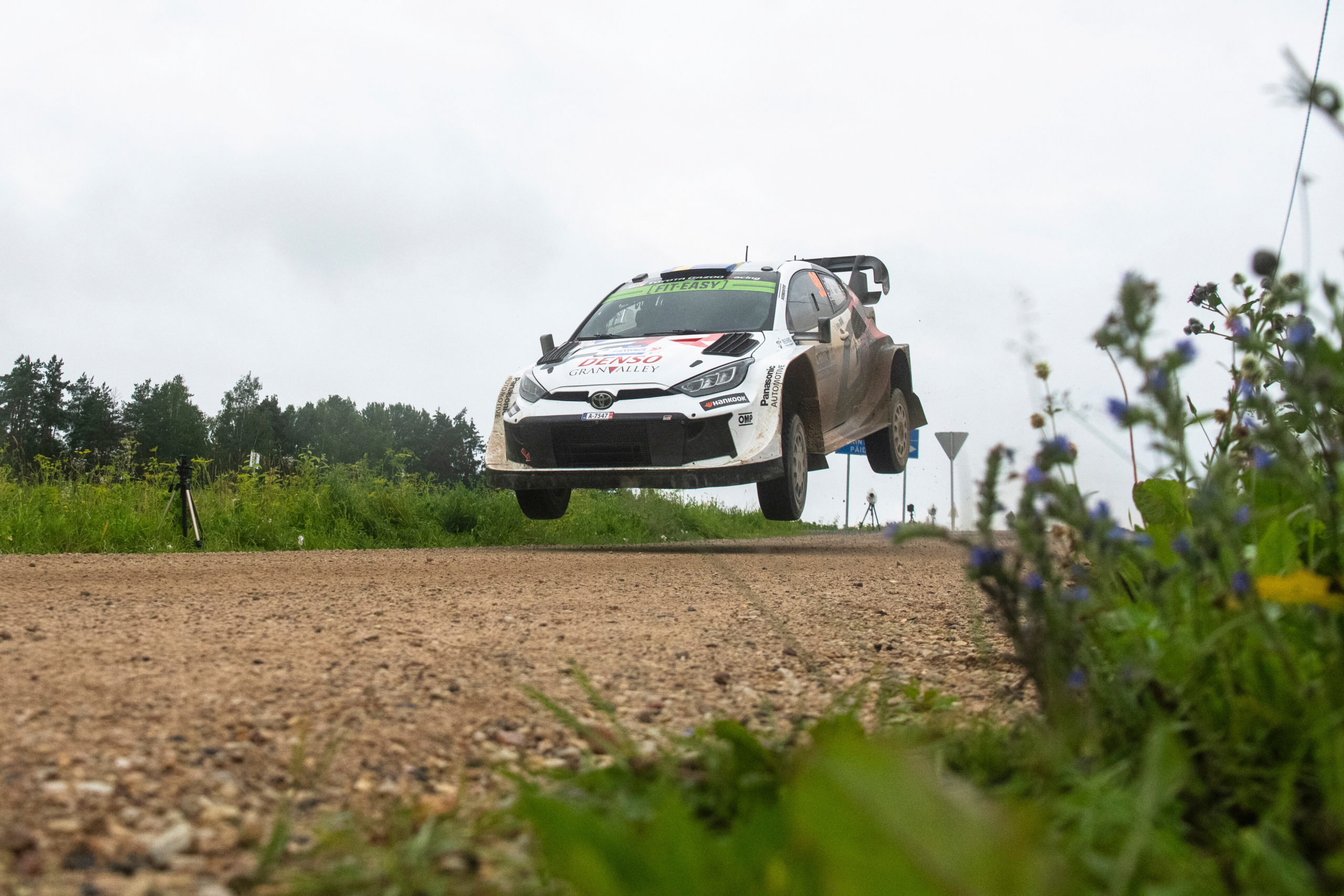The World Council has recently approved a crucial aspect of the forthcoming WRC, set to begin in 2027. This development marks an important moment in the evolution of rallying, with the new WRC27 ruleset having received official endorsement in December 2024. Over the past six months, it has undergone final refinements, leading to the confirmation of the reference volumes for bodywork.

Central to these regulations is a commitment to flexibility. The rules establish a defined area where all bodywork panels must be situated, but within this specified volume, manufacturers are afforded the liberty to design and scale their vehicles almost without restriction. This approach is intended to encourage creativity and diversity in vehicle design.
As a result, we could see a wide range of cars enter the competition over the upcoming ten-year regulation cycle, extending to 2037. From saloons and hatchbacks to crossovers and bespoke models, the potential for varied designs is significant, all while maintaining competitive performance.
This shift is expected to not only refresh the competitive landscape of the WRC but also to inspire innovation among manufacturers and constructors. With the WRC27 ruleset, the championship is opening itself to new possibilities, allowing for an exciting mix of vehicles that will enrich the sport and engage fans. As the WRC prepares for this new era, it promises to be a fascinating time for rallying and its followers.




